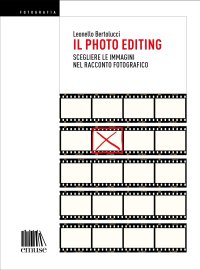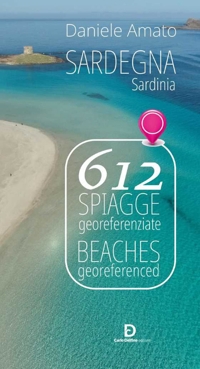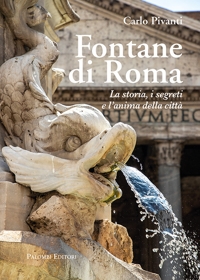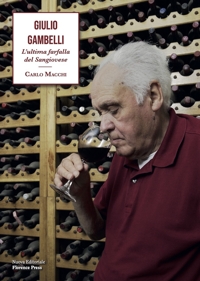Felice Palma. Massa 1583-1625. Collezione / Collection.
Testi di Andrei Cristina, Ciarlo Nicola, Federici Fabrizio, Claudio Casini e Sara Ragni.
Testo Italiano e Inglese.
Pontedera, 2024; ril. in cofanetto, pp. 289, ill. b/n e col., tavv. b/n e col., cm 24,5x34.
(L'Oro Bianco. Straordinari Dimenticati. The White Gold Forgotten Masters).
prezzo di copertina: € 160.00
|
Libri compresi nell'offerta:
Felice Palma. Massa 1583-1625. Collezione / Collection.
Testi di Andrei Cristina, Ciarlo Nicola, Federici Fabrizio, Claudio Casini e Sara Ragni.
Testo Italiano e Inglese.
Pontedera, 2024; ril. in cofanetto, pp. 289, ill. b/n e col., tavv. b/n e col., cm 24,5x34.
(L'Oro Bianco. Straordinari Dimenticati. The White Gold Forgotten Masters).
OMAGGIO (prezzo di copertina: € 160.00)
Le botteghe del marmo
Testo Italiano e Inglese.
Ospedaletto, 1992; ril., pp. 153, 10 ill. b/n, 60 ill. col., cm 24x29.
(Immagine).
OMAGGIO (prezzo di copertina: € 34.49)
Museo Stefano Bardini. I Bronzetti e gli Oggetti d'Uso in Bronzo
A cura di Nesi A.
Firenze, 2009; br., pp. 191, 102 ill. b/n, 7 ill. col., cm 17x24,5.
(Museo Stefano Bardini).
OMAGGIO (prezzo di copertina: € 30.00)
Bronzetti e Rilievi dal XV al XVIII Secolo
Bologna, 2015; 2 voll., ril. in cofanetto, pp. 729, ill., tavv. col., cm 21,5x30,5.
OMAGGIO (prezzo di copertina: € 90.00)
Cluny and the Origins of Burgundian Romanesque Sculpture.The Architecture, Sculpture and Narrative of the Avenas Master.
Armi C. Edson
Libreria Editrice L'Erma di Bretschneider
Testo Inglese.
Roma, 2019; cartonato, pp. 124, 6 ill. b/n, 126 ill. col., cm 21,5x28.
(Bibliotheca Archaeologica. 58).
collana: Bibliotheca Archaeologica
ISBN: 88-913-1745-4 - EAN13: 9788891317452
Testo in: 
Peso: 0.77 kg
This version of the creative process at the mother church, in which the Cluniac brothers picked a local talent to carry out one of the most important sculptural commissions in Europe, differs markedly from the standard one based largely on presumed but undocumented artistic priorities of the monks. Prevailing theory assumes the monks had an international perspective when it came to art as they tried to establish at Cluny a "new Rome" as the centerpiece of their monastic empire. Rather than tap an experienced sculptor who worked in the indigenous masonry tradition, they would have looked toward foreign lands to find suitable artists who based their designs on "high" forms of art such as ivory, painting, and metalwork.
Leonello Bertolucci € 15.20
€ 16.00 -5 %
Daniele Amato € 19.00
€ 20.00 -5 %
Wirth Oswald € 14.25
€ 15.00 -5 %
Etica Coniugale. Per un Rinnovamento della Morale Matrimoniale
Guarda io sono nato lì. Perugia, una casa, una via, un'idea di città
In gioco. Illusione e divertimento nell'arte italiana 1850-1950
Proarch Studium 2030. La città degli studenti/Call for projects
Officina 1922. Una Mostra alle Origini della Fortuna del Barocco
Ditelo col cartellonismo! Aguìn al Museo Nazionale Collezione Salce
















